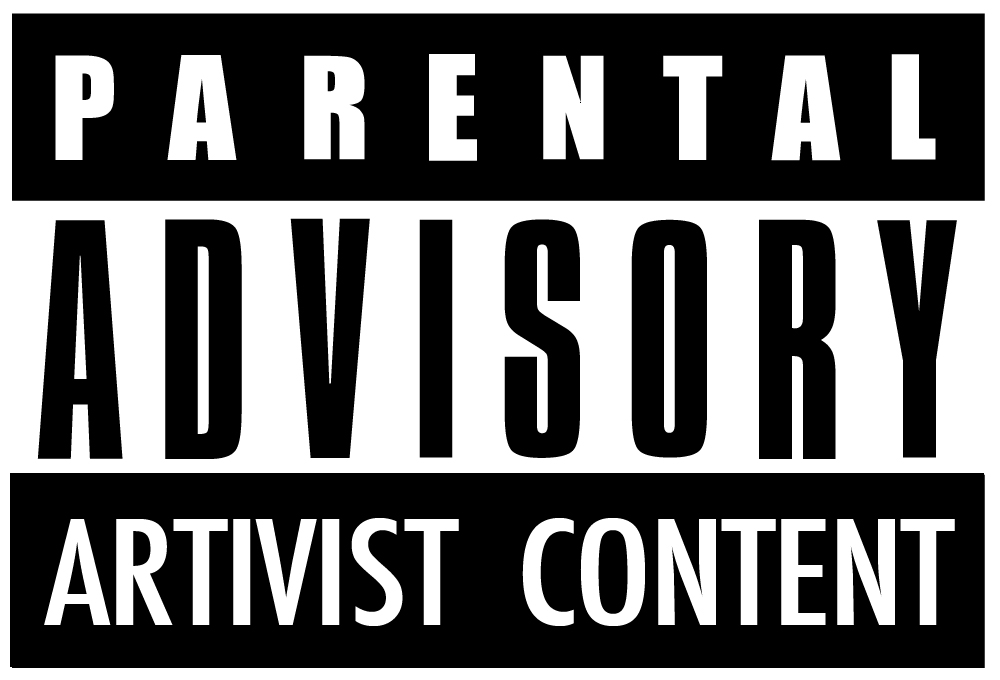Antifa and Aotearoa: Lessons for Protest, Power, and Digital Resistance
Mark Bray’s Antifa: The Anti-Fascist Handbook is more than a deep dive into militant street politics it’s a reminder that resistance is often local, decentralised, and culturally specific. So how do its ideas echo across the Southern Hemisphere, particularly in Aotearoa New Zealand and Australia?
Protest in a Local Context
Aotearoa has its own anti-fascist and anti-colonial traditions from the 1981 Springbok Tour protests to Ihumātao and ongoing resistance led by mana whenua. In Australia, the Blak sovereignty movement continues to challenge systems of racial injustice with decades of sustained activism. These movements are not imported they’re grounded in First Nations experience, colonial histories, and state power dynamics.
What Bray’s book offers is a broader historical framing: how direct action, deplatforming, and community defence have long been part of confronting far-right ideologies before they become institutionalised.
The Digital Layer
Today’s resistance often plays out online where trolls, algorithms, and propaganda can spread faster than any rally. Bray briefly touches on the digital front, but Australasia has seen this unfold uniquely:
From Telegram channels to encrypted networks, far-right groups have been organising in real time.
In response, digital activists here have employed everything from doxxing and takedowns to TikTok campaigns and counter-mapping.
Indigenous-led platforms are reframing the narrative, reclaiming space from colonial digital infrastructure.
This is antifa in the cloud - decentralised, proactive, and culturally adapted.
Community Over Control
Antifa doesn’t claim to be a universal model. But it raises important questions for our region: Who decides what constitutes a threat? When is confrontation justified? And how do we protect communities when formal systems fail to?
For activists, artists, and technologists working in Aotearoa and Australia, the lesson may be this: antifascism isn’t a fixed playbook. It’s a mindset — one that prioritises vigilance, solidarity, and creative disruption over passive neutrality.
DESIGNATING ANTIFA AS A DOMESTIC TERRORIST ORGANIZATION
🇺🇸 Designating Antifa as a Domestic Terrorist Organisation — What It Means & Why It Matters
On 22 September 2025, the White House published an executive order designating “Antifa” as a “domestic terrorist organisation.” The order claims Antifa is a “militarist, anarchist enterprise” that orchestrates violence, organised riots, armed standoffs, doxing of political figures, and acts to “obstruct enforcement of Federal laws.” It further orders all relevant departments and agencies to “investigate, disrupt, and dismantle” any operations tied to Antifa, including prosecutorial actions and targeting of financial support.
This is a dramatic step — one with constitutional, political, and symbolic weight. Below are some of the tensions and implications it raises.
⚖️ Constitutional & Legal Questions
First Amendment / free speech concerns
Labeling a political movement or loose coalition as a terrorist organisation raises serious questions about whether dissent, protest or civil disobedience might be chilled under threat of disproportionate enforcement.
Due process and “material support” ambiguity
What counts as “material support”? Will people lending aid — legally or tangentially — be swept up? The executive order says it must align with “applicable law” but doesn’t fully resolve enforcement boundaries.
Enforcement feasibility
Antifa is not a centrally organised group with a clear hierarchy. It’s a name adopted by disparate activists and groups. That decentralisation makes legal targeting more complex — who qualifies as “acting on behalf of Antifa”?
🏛️ Political & Symbolic Stakes
Polarising rhetoric
This move is likely to deepen divisions around the nature of protest, resistance, and what counts as “legitimate political action.” For critics, it may look like a tool to delegitimise left‑wing dissent rather than a precise enforcement action.
Precedent for designations
If political movements can be singled out as “terrorist,” there’s a slippery slope — this tool might be used (or threatened) against other movements in future administrations, depending on the political winds.
Global optics
The U.S. setting such a tone with anti‑fascist movements may resonate elsewhere, especially in democracies trying to balance security and protest. It could be used by governments to justify crackdowns.
🧭 In Conversation with Antifa: The Anti‑Fascist Handbook
Mark Bray’s work emphasises the historical continuity of anti‑fascist resistance, particularly through decentralised, fluid networks that preempt fascist consolidation. The White House’s framing leans heavily on the idea of centralised, violent, conspiratorial organisation — a narrative at odds with how many scholars, activists, and observers describe “antifa” in practice.
Bray offers a counterpoint: resistance doesn’t always adopt formal hierarchies, and tactics must adapt to political contexts, not fit into neat legal categorizations. In a climate where “terrorism” is a legal cudgel, Bray’s framing warns of the risks of overcriminalising dissent.
*you might also like…

